
If you are a salesperson having a hard time prospecting, trust me, you’re not alone. In fact, 40% of sales professionals find prospecting to be the most difficult part of the entire sales process. Ironically, it’s also the starting point!
Why is it the most challenging then?
Well, mainly due to the Internet! You see, the digital world has empowered people like never before. In many ways, it has allowed them to do a little prospecting of their own before making contact with your sales team.
The good news, though, is that about 60% of potential buyers would want to connect with your sales department after researching their options. So there are plenty of sales opportunities out there, given that your prospecting activities are spot on.
What Is Prospecting?
Prospecting is the foremost step of a sales funnel. In this context, it means creating sales opportunities by searching for new clients, customers, and buyers for your products and services.
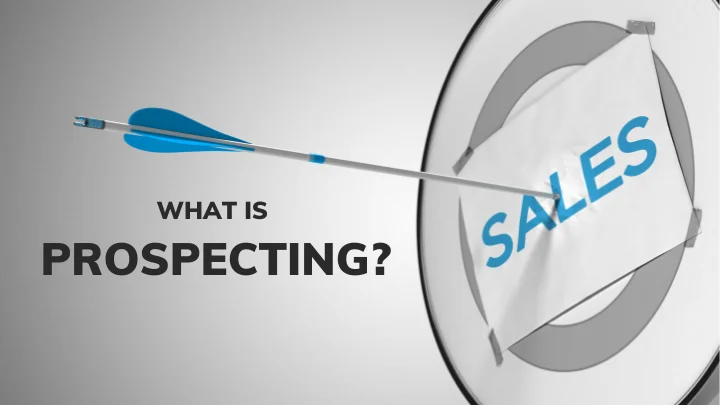
It is done by sales reps called “prospectors,” who may either be designated as sales development representatives (SDRs) or business development representatives (BDRs) based on their individual capabilities and experience.
Sales reps prospect by various means of marketing—such as phone calls, texts, voice mails, and e-mails. There are also other methods like apps, tools, and so on.The point is to find new clients as well as potential customers from the massive databases of leads who either might have gone cold or lost connection with your brand.
Speaking of leads, there is a fine line of difference between a prospect and a lead. Although they both work together, there are subtle differences that you should know so that you don’t make the same mistake of confusing them with one another like many others do.
Leads vs. Prospects:
A lead is a potential customer who has shown interest in your brand by visiting your website, reading your blogs, or subscribing to a service—such as a newsletter, an e-mail list, or a free trial. Yet they aren’t fit to be your customers right now. Maybe because you don’t have the right product for them or they aren’t interested in what you’re selling. As a result, there is no one-on-one communication between a sales rep and the lead.
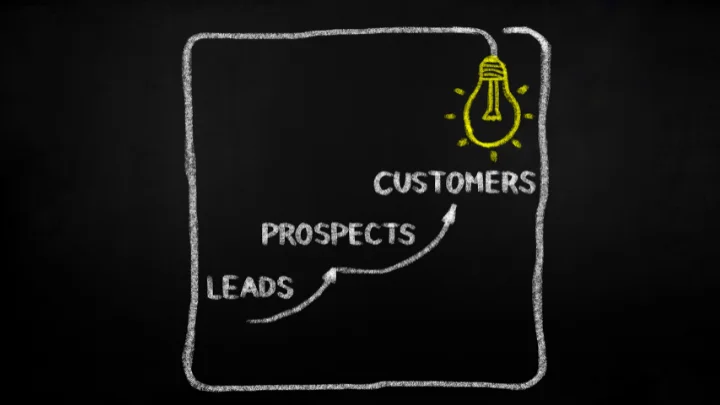
Prospect, on the other hand, is a lead that has qualified as your target audience and matches your buyer profile. It means they have the necessary capital and are interested in what you have to offer. Thus, prospecting involves connecting and communicating with a potential buyer on a one-on-one basis.
As apparent, every prospect is a lead, but not every lead is a prospect (a.k.a. potential customer).
Regardless, you must nurture both leads and prospects as the goal is the same—that is, boost your sales. After all, it’s a lead that would eventually become a prospect once he/she qualifies as a potential customer with the means to make a purchase. Okay, so going back to prospecting.
Why Is Sales Prospecting Important?
Prospecting acts as fuel for your entire sales pipeline. It is what supplies sales-ready prospects who are willing to make a purchase to your account executives for closing the deal.
Apart from providing qualified leads to your business, it can also help sales reps gain individual trust and build authority in the market for the brand they represent.
Not only can it help you increase productivity, but it can also provide you with significant insights into your competition as well as your own business practices for further research and development.
As you can see, prospecting is not only limited to the sales funnel; it is relevant to your entire business model.
Therefore, it is of utmost importance to have a sound prospecting strategy that matches your business goals as well as the buyer’s demands and expectations.
But before we get into that, let’s quickly understand the many challenges associated with prospecting and why it is so intimidating for many sales associates.
Challenges of Sales Prospecting:
The biggest challenge for sales personnel when trying to acquire new customers is establishing urgency without sounding too pushy. According to Hubspot, 42% of salespeople claim it to be their primary concern, followed by getting in touch with prospects, accounting for 37% of all prospecting failures.
Last but not least is the infamous “budget,” the most common reason for nonfulfillment of sales, which accounts for 35% of ineffective prospecting techniques.
With that in mind, I have listed 11 of the most effective prospecting tips that will help you increase both your conversion and closing rates.
Tips on How to Start Prospecting:
They say that the customer is always right! So let’s start by considering what buyers think are the best ways to create a positive sales experience:
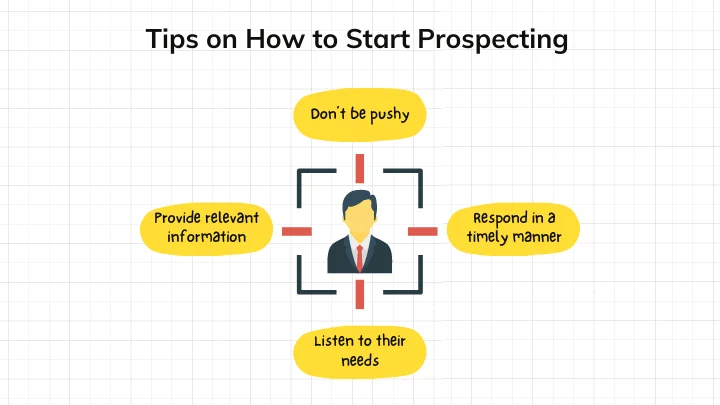
1) Listen to their needs: A massive 69% of potential buyers want to be heard and understood before getting the offer. So listen to what they have to say before showing them the deal.
2) Don’t be pushy; nobody likes it: No wonder over 60% of people tend to end a sales conversation halfway through. Creating urgency without sounding too aggressive or pushy is a skill that needs to be carefully cultivated by understanding what a prospect really wants. Instead of pressing, you must be able to paint a positive picture of your products and services in a prospect’s mind so that they can’t resist doing business with you.
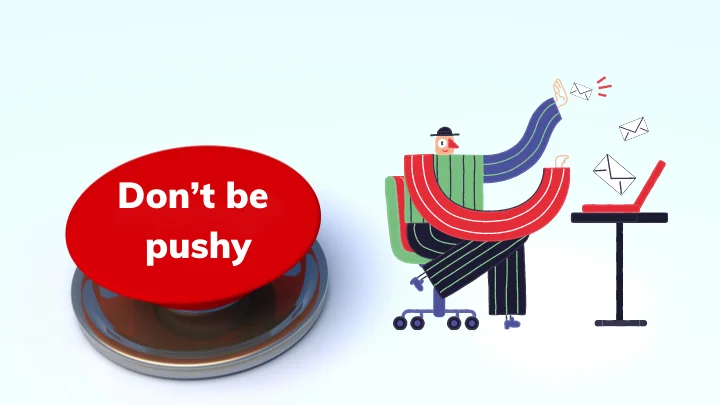
3) Provide relevant information: As 61% of prospects would make a final decision based on the answers they receive on their queries.
4) Respond in a timely manner: As half of all your prospects won’t be available all the time.
That’s basically it about the customers.
Moving on, let’s go through some amazing tips that you can use to approach prospects and convert them into sales.
Tip 1: Create an ideal prospect profile by researching the behavior and buying habits of a potential buyer.
Tip 2: Identify ways to meet your ideal prospects by phone calls, e-mails, texts, or whatever suits them. Remember the mode of communication as it will assist you in follow-up.
Tip 3: Work on your call lists on a regular basis as even after the Internet, the phone remains one of the most effective tools in increasing the likelihood of booking a meeting. Not only would it allow you to categorize the prospects based on their likelihood to convert into customers, but it would also let you prioritize prospects from leads.
Tip 4: Send personalized e-mails to attract potential buyers as it is 40 times more effective than social networks, including Facebook and Twitter.
Tip 5: Ask for referrals from your existing line of customers. About 47% of top prospectors are doing so, so don’t be shy! You can launch certain referral programs and reward those who bring new prospects to your business.
Tip 6: Become a know-it-all even if you aren’t. As a prospector, you’d be the very first point of contact for all your qualified leads as well as potential buyers. So always go that extra mile in order to fulfill a prospector’s unique needs. Make good use of everything you have at your disposal, but never send them away empty-handed.
Tip 7: Establish a social media presence to stay relevant and to increase your visibility in the digital market. Social networks are great places to engage and captivate a loyal audience and, when the time comes, convert them into loyal customers.
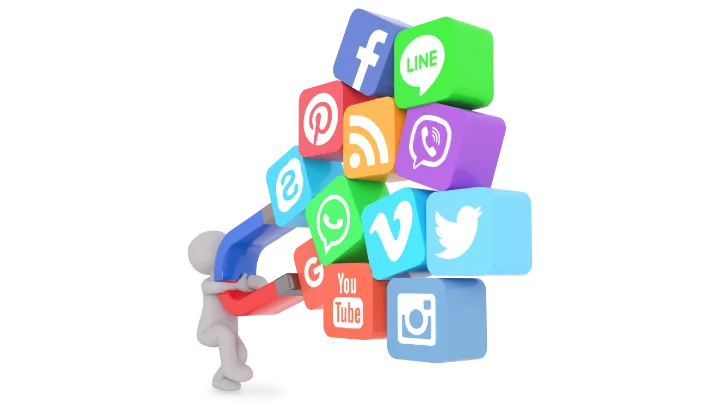
Tip 8: Use prospecting tools so as to automate a number of time-consuming processes and workflows. You can use the time saved to contact and manage a large number of prospects.
Here are some of the best tools that you can use to reduce the workload and streamline many areas of lead generation, prospecting, and sales:
- LinkedIn Sales Navigator
- FollowerWonk
- linvo.io
- AngelList
- prospect.io
- FindThatLead
- Hunter
Tip 9: Send relevant content to prospects to keep them engaged and interested in your products and services. Use eye-catching visuals, infographics, and storytelling to make it even more appealing.
Tip 10: Demonstrate your sales skills in video format as that would help you give a livelier touch to your sales pitch. Videos are quite powerful when it comes to learning as it allows you to provide information in an enticing and informative way.
Tip 11: Follow up: Every initial sales interaction would need a few follow-up calls to close the deal. It’s the most crucial part of a sales journey from the point of view of both the seller and the buyer. This is when you can put all your customer’s doubts and fears to rest and set them up for conversion.
Conclusion:
Prospecting in sales processes can be quite hectic, but with the right strategy, motivation, and techniques, you too can conquer it.
Just remember to never sound too desperate to sell. Instead, try to be the helping hand that a prospect really needs. This way you won’t have to push the clients to make a purchase. They’d be comfortable with you and thus be naturally inclined to buy your products and services on their own accord.
